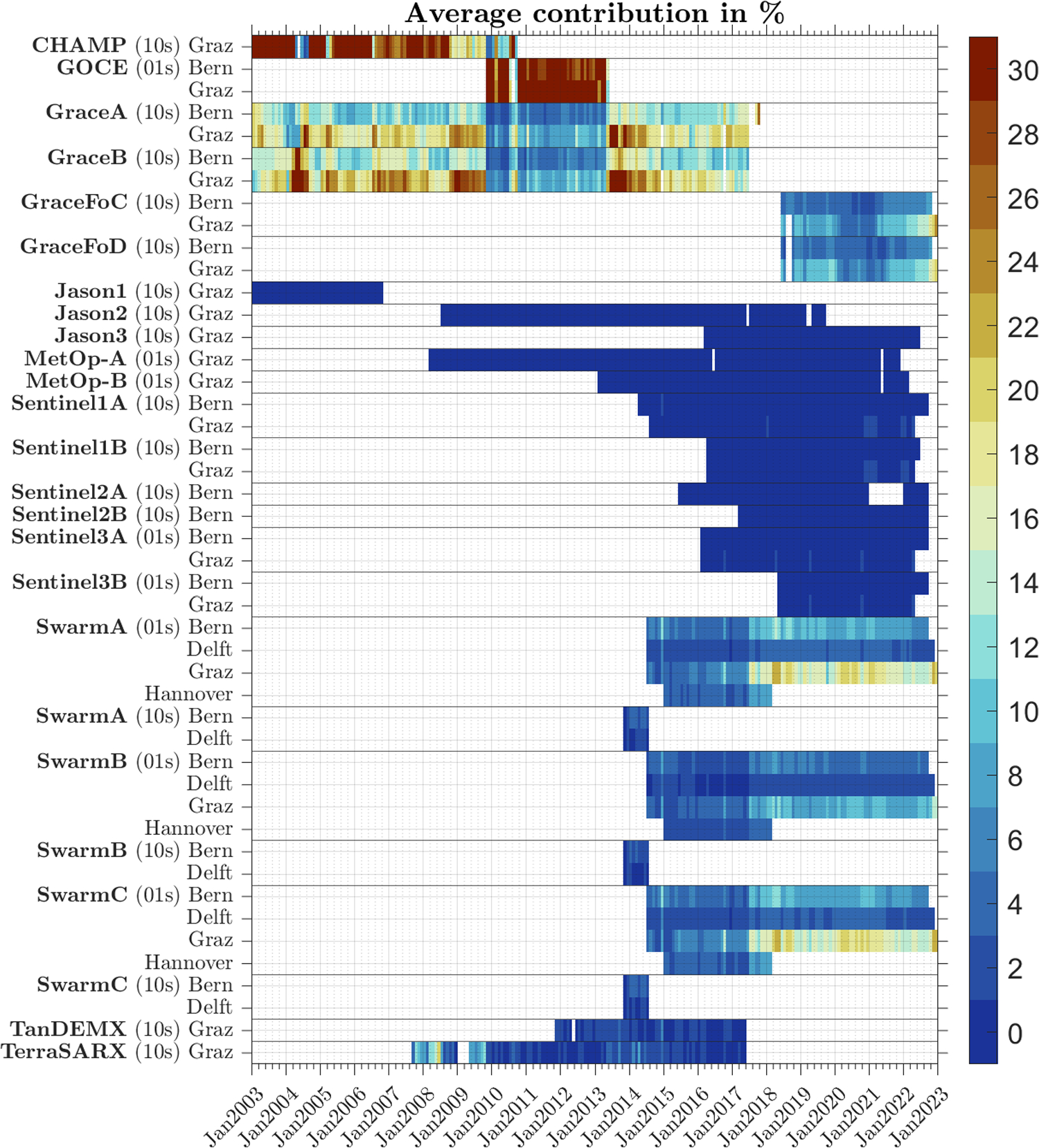2024-10-23アメリカ合衆国・ピッツバーグ大学
<関連情報>
- https://news.engineering.pitt.edu/a-multi-level-breakthrough-in-optical-computing/
- https://www.nature.com/articles/s41566-024-01549-1
フォトニックインメモリコンピューティングのための超高耐久性集積非反復磁気光学素子 Integrated non-reciprocal magneto-optics with ultra-high endurance for photonic in-memory computing
Paolo Pintus,Mario Dumont,Vivswan Shah,Toshiya Murai,Yuya Shoji,Duanni Huang,Galan Moody,John E. Bowers & Nathan Youngblood
Nature Photonics Published:23 October 2024
DOI:https://doi.org/10.1038/s41566-024-01549-1

Abstract
Processing information in the optical domain promises advantages in both speed and energy efficiency over existing digital hardware for a variety of emerging applications in artificial intelligence and machine learning. A typical approach to photonic processing is to multiply a rapidly changing optical input vector with a matrix of fixed optical weights. However, encoding these weights on-chip using an array of photonic memory cells is currently limited by a wide range of material- and device-level issues, such as the programming speed, extinction ratio and endurance, among others. Here we propose a new approach to encoding optical weights for in-memory photonic computing using magneto-optic memory cells comprising heterogeneously integrated cerium-substituted yttrium iron garnet (Ce:YIG) on silicon micro-ring resonators. We show that leveraging the non-reciprocal phase shift in such magneto-optic materials offers several key advantages over existing architectures, providing a fast (1 ns), efficient (143 fJ per bit) and robust (2.4 billion programming cycles) platform for on-chip optical processing.



